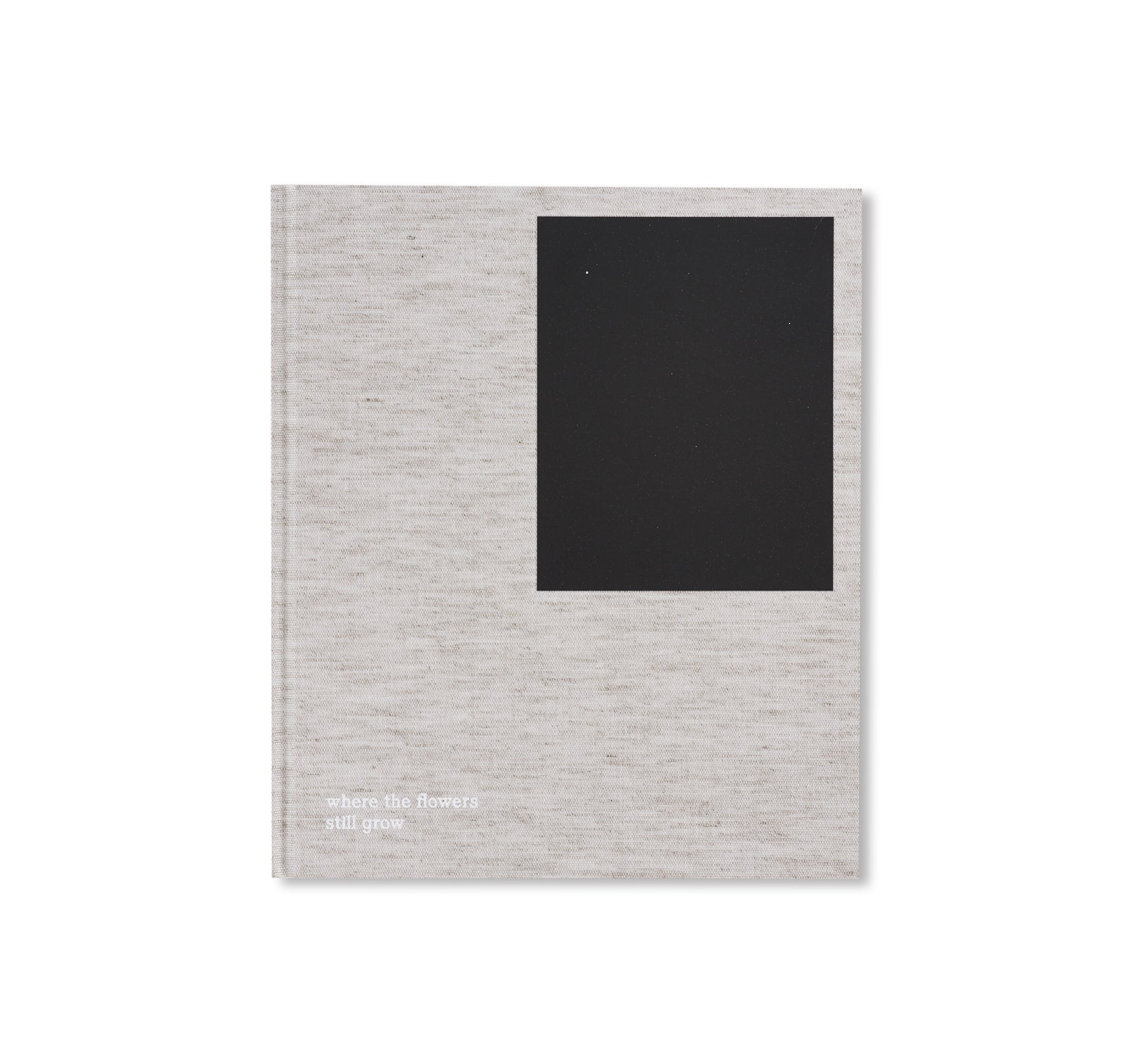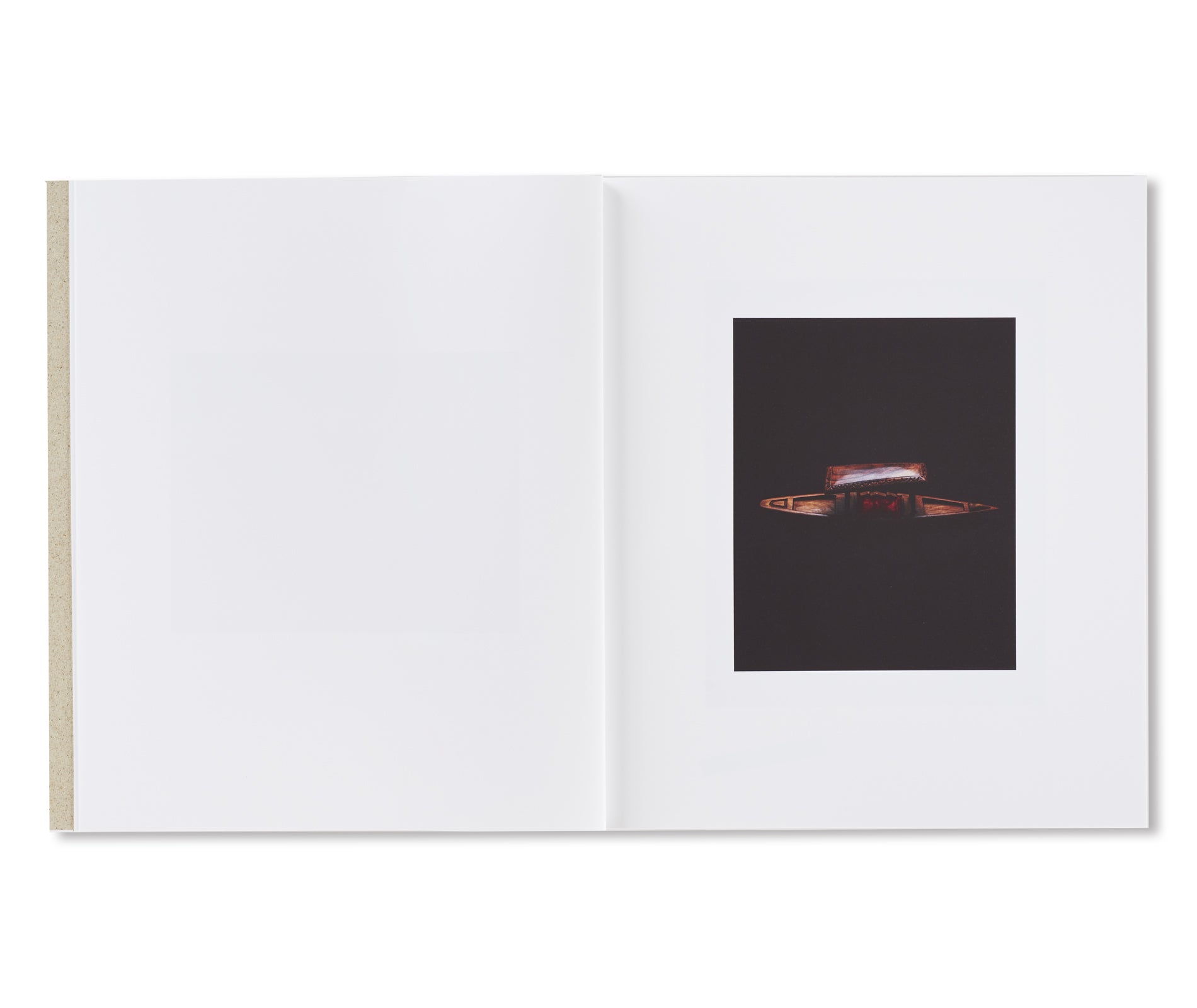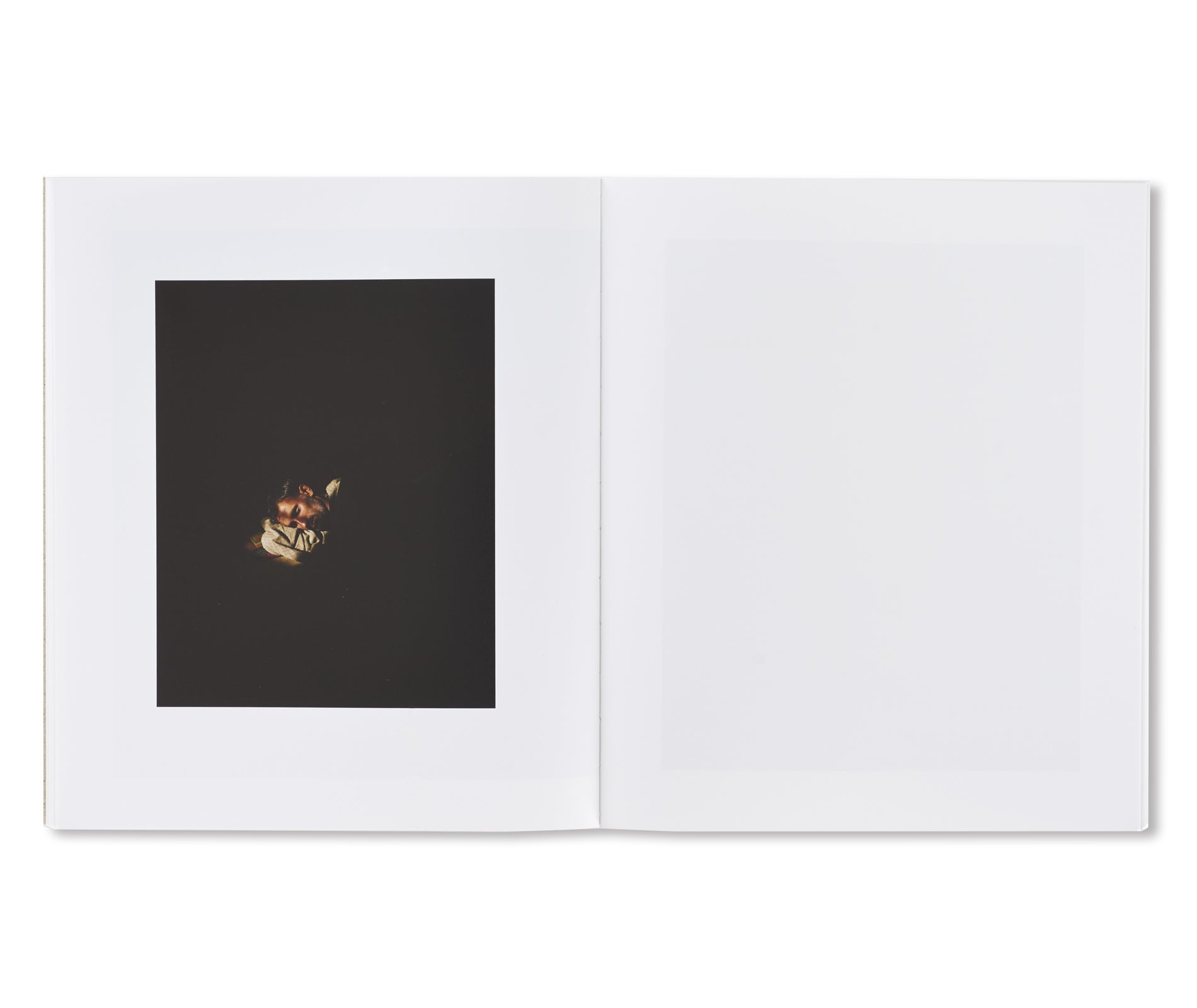WHERE THE FLOWERS STILL GROW by Bharat Sikka
インド人フォトグラファー、バハラ・シッカ (Bharat Sikka)の作品集。インド人にとってカシミール地方は神話的な場所である。世界でも最も美しい渓谷地帯の一つとしてこの地域は古くから讃えられてきたが、1980年代後半以降はインドという国家のアイデンティティを根底から揺るがす政治的、宗教的対立を表す代名詞となってしまう。デリーを拠点に活動する作者は、最初自身の家族とともに休暇を利用してカシミールに訪れた。2013年のことだった。滞在中、一人のカシミール人の若者がこの地域の歴史的な経緯や現在も続く対立関係に翻弄されながら自分が自分であることに苦悩する姿を描いたミルザ・ワヒード(Mirza Waheed)の小説『The Collaborator』に出会ったことをきっかけとして、その後2014年から2015年にかけカシミールを訪れ、自分自身の個人的な体験を通じてこの争いの絶えない土地を理解しようと試みた。このプロジェクトは、小説からインスピレーションを受けて作られたものであるが、結果として、カシミールの緑溢れる豊饒な自然と、そこに暮らし苦闘する人々に思いを巡らせる作品となった。『Where the flowers still grow』の中核をなすのは、国境や政治的対立のことなど何も知らないかのような、誰にも荒らされていない雄大な自然を背景にひとり佇む若者たちのポートレイトである。全てを語ることができる程の果てしない言葉の数々を含んでいるかのような沈黙。そんな沈黙を破り得るほどの表現を欲するように、作者の構えるカメラと被写体の男たちはしっかりと見つめ合う。鑑賞者は、あたかも作者と被写体の二人から何光年も離れた場所に岩や花をつけた植物といった風景があるように錯覚する。それは、我々の経験に基づいた鑑賞者としての問題点であることを暗に示す。では、イメージの中のどこに問題と答えがあるのだろうか?カシミールの男たちのポートレイトと自然の風景を一つのイメージとして溶け合わせた作者は、さらに自分自身がその地を訪れて体験したことの親密なディテールを記録していく。例えば人々の家に転がっているもの、動物、廃墟、自然の断片など、作者が撮影したものたちは、このプロジェクトの舞台装置となり、この地域とそこに暮らす人々のもつ微妙なニュアンスを伝え、人間世界には無関心であるかのような牧歌的な自然と、そこに生きる人々の人生や夢などとの間のコントラストを浮き彫りにする役割を担っている。本作を見た後に我々の心に残るのは、カシミールという土地に対峙したシッカの心の動きと答え、紛争が残した爪痕、そして歴史の激動を見つめてきたもの言わぬ目撃者の存在である。
The state of Kashmir holds a mythic place in the mind of India. Long known as one of the world’s most beautiful mountain valleys, since the late 1980s it has become synonymous with a political and sectarian conflict which strikes at the very heart of India’s identity. Bharat Sikka first visited Kashmir in 2013, on a holiday with his family. While there, he discovered Mirza Waheed's novel The Collaborator, which tells the story of a young Kashmiri man’s struggle with his own sense of self buffeted by the exigencies of history and the present. This propelled Sikka to make numerous visits to Kashmir in 2014 and 2015, travelling throughout the region to photograph the people who live there, to attempt to make some sense of their dilemma through his own personal experience. The central core of Where the flowers still grow is comprised of portraits, predominantly young men shot alone within the colossal grandeur of an unspoiled Nature which seems to know nothing of national borders and political rivalries. The men stare at Sikka's camera, which stares back at them, with a plea that their representations might break through a silence, might provide the one million words necessary to explain everything. We notice one specific rock, or a flowering stalk, within the image that feels as if it could be light-years away from both the photographer and his subject, implicating our own existential conundrum as the viewer of the image. Where do the questions and answers lie within this image of a gaze locked within another gaze? Having fused portraits of Kashmiri men with their landscapes, Sikka set out to record the more personal details of his visits, photographing objects found in homes but also dead animals, abandoned buildings, and elements of nature. These details provide a mise-en-scene for Sikka's project, articulating a more nuanced interpretation of the region and its inhabitants. What we are ultimately left with is Sikka's emotional response to his visits to Kashmir, the residual evidence of traumatic events, and the mute witnesses to the convulsions of history.
























